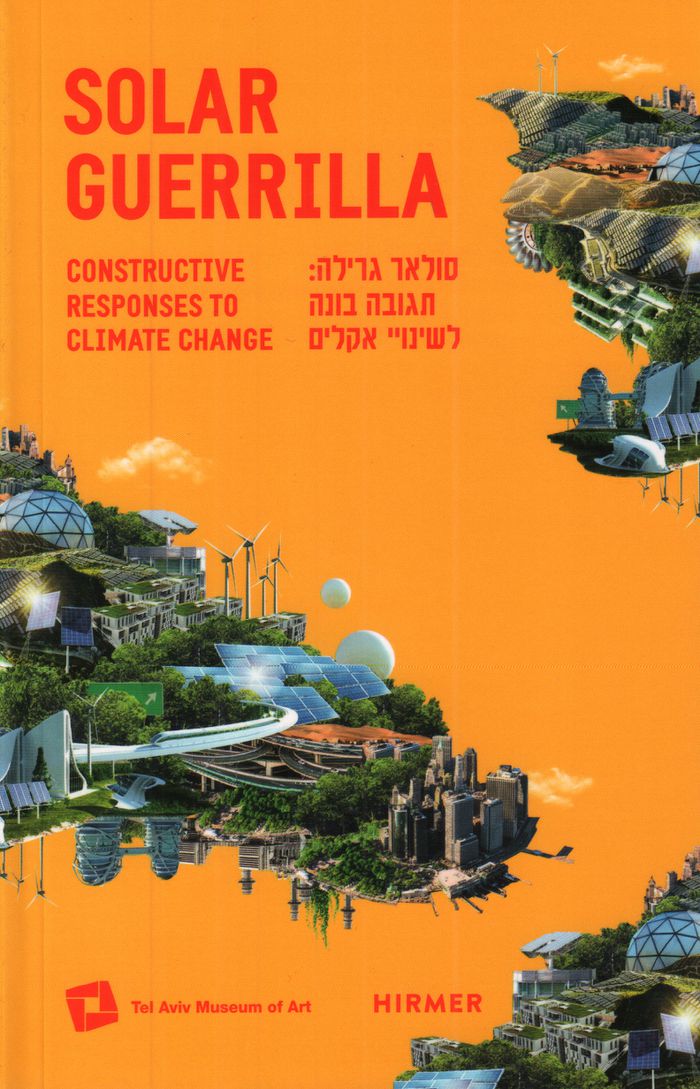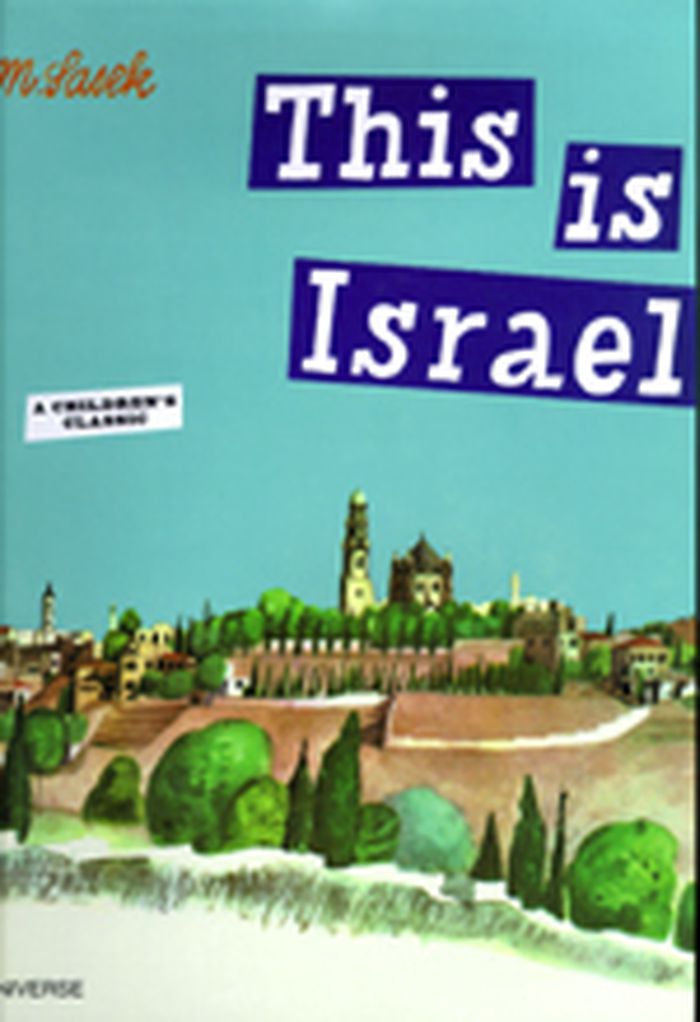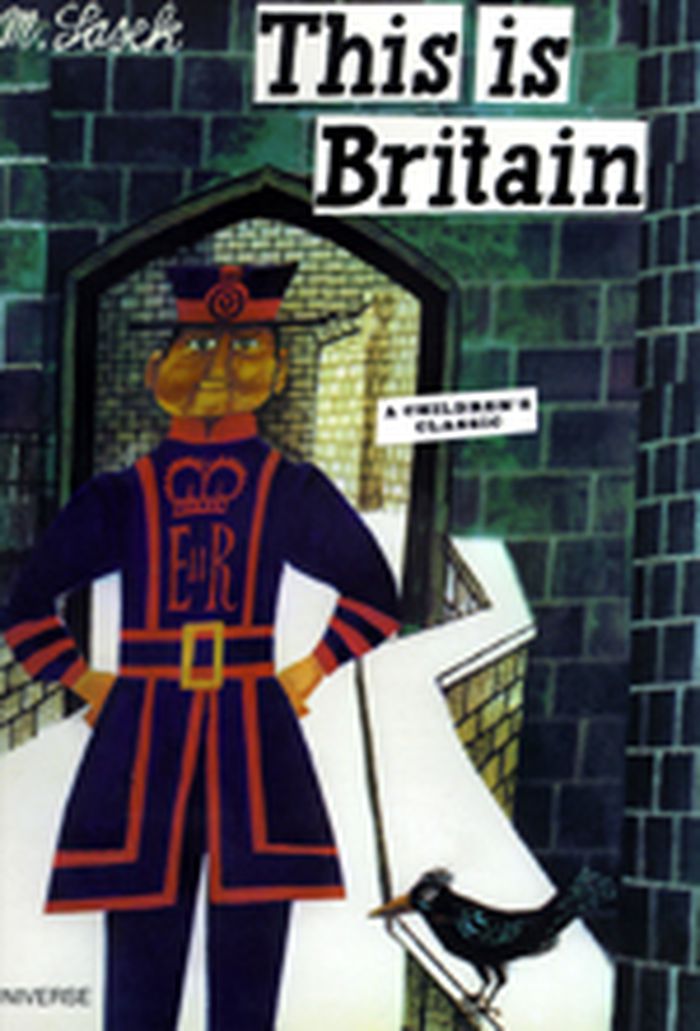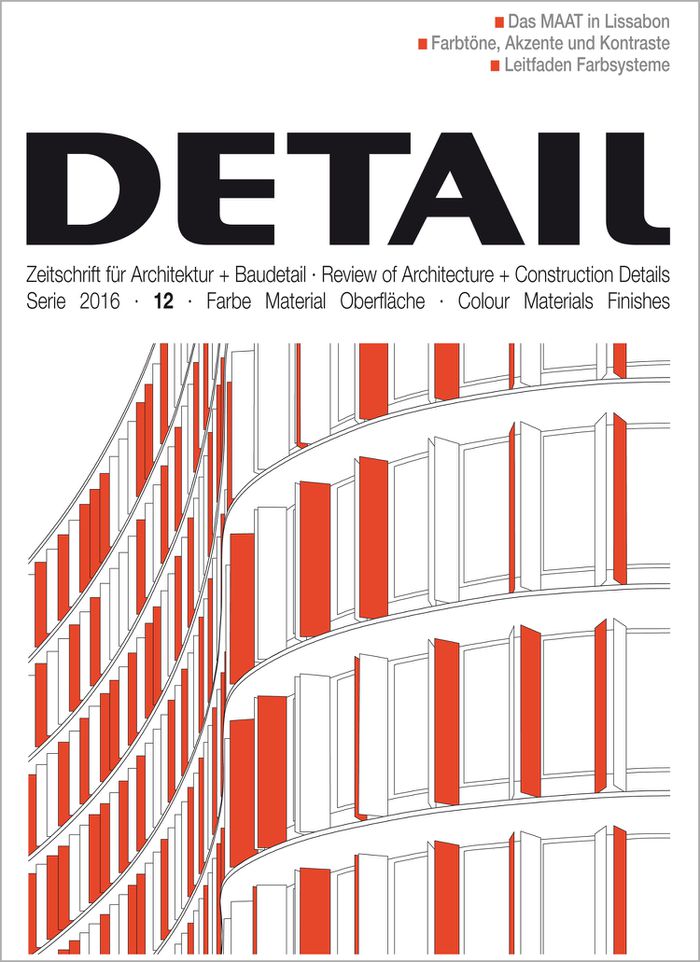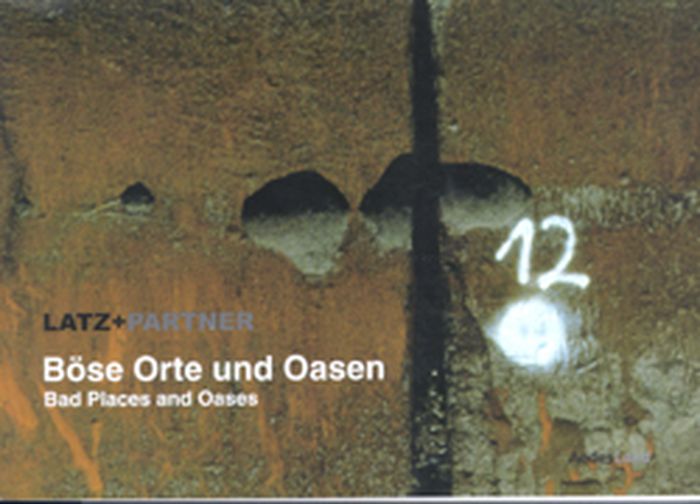$30.00
(available to order)
Summary:
Ongoing use of fossil fuels, the development of industrial zones in city centers, and even our growing reliance on air conditioners have led to extreme climate swings. Now an urgent public concern, global warming alarms ever more people—and yet most of them still hesitate to identify a workable plan of action. Approaching the problem head-on, "Solar Guerilla" highlights a(...)
Solar Guerilla: constructive responses to climate change
Actions:
Price:
$30.00
(available to order)
Summary:
Ongoing use of fossil fuels, the development of industrial zones in city centers, and even our growing reliance on air conditioners have led to extreme climate swings. Now an urgent public concern, global warming alarms ever more people—and yet most of them still hesitate to identify a workable plan of action. Approaching the problem head-on, "Solar Guerilla" highlights a number of programs, architects, and companies that are already active in such cities as Chicago, Hong Kong, Shanghai, and Tel Aviv. In a series of case studies, this book focuses on efficient strategies implemented at the local level, where collaboration within communities may be the key to effectively combating environmental damage. As companies like China’s Turenscape and Israel’s Electreon thrive alongside programs such as Chicago’s Third Nature approach to its famous riverwalk, the local efforts begin to yield global results. As "Solar Guerilla" demonstrates, these and other initiatives may be the best way to counter the emotional fatigue and physical disasters that currently plague us in our all-too-rapidly-changing urban environment.
Green Architecture
This is Israel
$22.00
(available to order)
Summary:
Like the other Sasek classics, these are facsimile editions of his original books. The vibrant illustrations have been preserved, remaining true to his vision, and where applicable facts have been updated, appearing on a "This is...Today" page at the back of each book. The charming illustrations, coupled with Sasek’s witty, playful narrative, make for perfect souvenirs(...)
This is Israel
Actions:
Price:
$22.00
(available to order)
Summary:
Like the other Sasek classics, these are facsimile editions of his original books. The vibrant illustrations have been preserved, remaining true to his vision, and where applicable facts have been updated, appearing on a "This is...Today" page at the back of each book. The charming illustrations, coupled with Sasek’s witty, playful narrative, make for perfect souvenirs that will delight both children and their parents, many of whom will remember them from their own childhood. This is Britain, first published in 1974, encompasses the nation’s many facets, from the mystery of Stonehenge to the monuments of the British Isles. Among his stops are the White Cliffs of Dover; Brighton’s Prince Regent’s Royal Pavilion; the castles and Tintern Abbey in Wales; and Scotland’s four Royal Palaces and long lochs. This is Israel, first published in 1962, visits the Promised Land, a sun-drenched panorama of many hues and many traditions. From the Sea of Galilee to the Red Sea (it’s really blue); from modern Tel Aviv to Jerusalem new and old; from Mt. Zion to King Solomon’s mines; Sasek presents the biblical glory of its past and the golden hope of its future.
Children's Books
This is Britain
$22.00
(available in store)
Summary:
Like the other Sasek classics, these are facsimile editions of his original books. The vibrant illustrations have been preserved, remaining true to his vision, and where applicable facts have been updated, appearing on a "This is...Today" page at the back of each book. The charming illustrations, coupled with Sasek’s witty, playful narrative, make for perfect souvenirs(...)
This is Britain
Actions:
Price:
$22.00
(available in store)
Summary:
Like the other Sasek classics, these are facsimile editions of his original books. The vibrant illustrations have been preserved, remaining true to his vision, and where applicable facts have been updated, appearing on a "This is...Today" page at the back of each book. The charming illustrations, coupled with Sasek’s witty, playful narrative, make for perfect souvenirs that will delight both children and their parents, many of whom will remember them from their own childhood. This is Britain, first published in 1974, encompasses the nation’s many facets, from the mystery of Stonehenge to the monuments of the British Isles. Among his stops are the White Cliffs of Dover; Brighton’s Prince Regent’s Royal Pavilion; the castles and Tintern Abbey in Wales; and Scotland’s four Royal Palaces and long lochs. This is Israel, first published in 1962, visits the Promised Land, a sun-drenched panorama of many hues and many traditions. From the Sea of Galilee to the Red Sea (it’s really blue); from modern Tel Aviv to Jerusalem new and old; from Mt. Zion to King Solomon’s mines; Sasek presents the biblical glory of its past and the golden hope of its future.
Children's Books
$32.95
(available in store)
Summary:
ome places or epochs are identified with certain colours: Siena for example, which lent its name to yellowish-brown pig-ments, or the Habsburg era with its Imperial yellow. Tel Aviv, has its White City – a UNESCO World Heritage site designed by Jewish architects who studied at the Bauhaus. White is the colour identified with the Modern Movement, of course, but the(...)
Detail 12 2016 : colour materials finishes
Actions:
Price:
$32.95
(available in store)
Summary:
ome places or epochs are identified with certain colours: Siena for example, which lent its name to yellowish-brown pig-ments, or the Habsburg era with its Imperial yellow. Tel Aviv, has its White City – a UNESCO World Heritage site designed by Jewish architects who studied at the Bauhaus. White is the colour identified with the Modern Movement, of course, but the coloured interiors of the masters’ houses in Dessau by Walter Gropius show that not everything was reduced to that hue. There are probably just as many colour theories as there are colour tones; but the streets in our towns and cities are rarely characterized by a consistent colour scheme. In this respect, the materials and their surface finishes play a dominant role. In our December issue, we present various architectural concepts that focus on the effects of colour. For example, the Sparren-burg Visitors’ Centre in Bielefeld with its tamped concrete facades enters into a dialogue with the historical surroundings, while the polychrome glazing of Sauerbruch Hutton’s office building in London forms a deliberate counterpoint to the urban environment. As one can see, architecture has to come to terms with colour. There is no such thing as neutrality.
Magazines
$18.00
(available to order)
Summary:
“Bad Places” – defines spaces of urban wasteland, of landfills but also neglected parks or harmful and unfriendly traffic and infrastructure solutions. In their exhibition in AedesLand, Latz + Partner describe their approach to dealing with these places – the necessity of which goes beyond aesthetic standards in a time where we are faced with a shortage of space and yet(...)
small format
January 1900, Berlin
Latz+partner bad places and oases
Actions:
Price:
$18.00
(available to order)
Summary:
“Bad Places” – defines spaces of urban wasteland, of landfills but also neglected parks or harmful and unfriendly traffic and infrastructure solutions. In their exhibition in AedesLand, Latz + Partner describe their approach to dealing with these places – the necessity of which goes beyond aesthetic standards in a time where we are faced with a shortage of space and yet continually create new wastelands. “Oases” – selective interventions and special places give an answer to bad places. Primarily, this revolves around the acceptance of devastated and polluted spaces, around the qualities that even such spaces can hold and around the layers that define them and hold the potential of fascinating information. Landscape does not merely exist physically. It represents a repertoire of information which is continually interpreted and re-interpreted by the beholder. The design philosophy of Latz + Partner is rooted in the ambition of facilitating and furnishing new ideas to this process. The exhibition focuses on two key, future-oriented projects: Hiriya, Tel Aviv and Crystal Palace Park, London. These projects, both of which are currently in the planning phase, are complemented by images of built projects, such as the blast furnace park in Duisburg, the Old Harbour in Bremerhaven and the urban transformation on the Plateau de Kirchberg in Luxembourg. Public participation is of great significance in all projects and ecological principles are innate to all of the work.
small format
